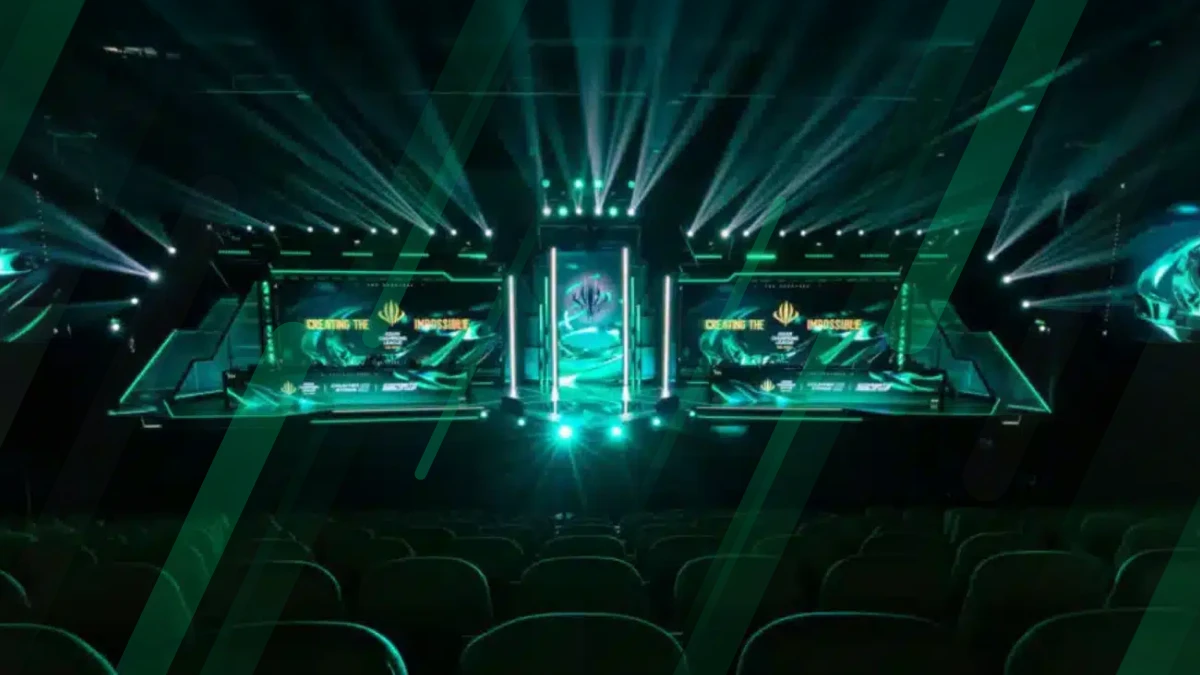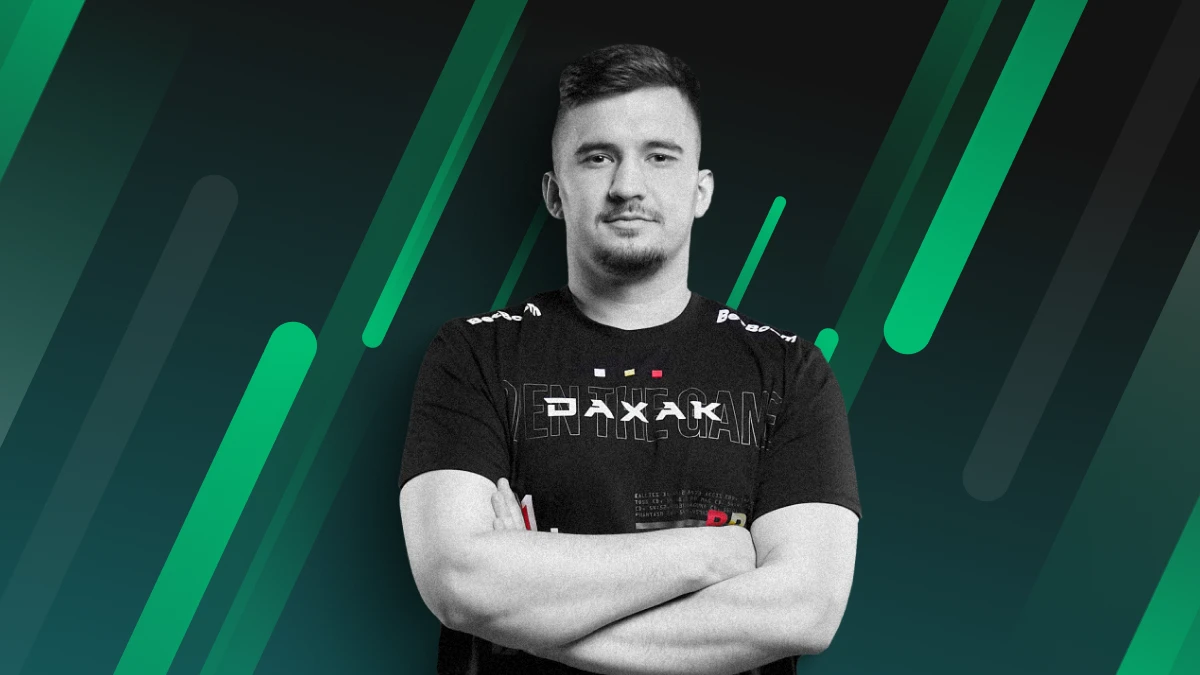StarCraft II Powers Breakthrough in Brain Research

1.0
Default
While we all know how tough the competitive nature that StarCraft II brings to the table, it cannot be denied that the game’s impressive effect and skill utilization have opened it up to many different avenues. Surprisingly, this includes a new area of neuroscience research as well, showcasing the massive potential of the game up to this point.
It is worth noting that StarCraft has been around for more than a decade. Being a promising game since 2010 and setting the standard of real-time strategy games in the esports stage, it is definitely a game that has defined generational competitiveness over the years.
A new study on human behavior and the impact of computers suggests that StarCraft II has become a valuable tool in helping researchers achieve optimal results. So far, recent findings have shown that StarCraft II has helped generate multiple patterns of brain activity for participants and has a lot of great use for other potential research surrounding the same niche.
StarCraft II Utilized in a Different Way
StarCraft II’s impressive micro-managing has allowed players to come up with diverse approaches to the game. They manage resources, balance army compositions, and also make key decisions while they are under massive pressure. The demand of the game in terms of shifting attention, and recognition of in-game elements, certainly has a lot of massive effects on the neural pathways in the brain.
This is the element that the new neuroscience research has delved into so far, and it has opened up a unique opportunity for the SWPS University of Social Sciences and Humanities.
“While research on video games is well-established, only in recent years have we begun to systematically explore their potential benefits for cognitive functioning,” said study author Natalia Jakubowska. “At the same time, esports has evolved into a serious discipline, where discussions about individual predispositions—much like in traditional sports—are increasingly common. We became curious whether there might be neurobiological traits that support effective learning or high-level performance in complex games.”
According to Jakubowska, the study they embarked on was designed to investigate and observe brain activity whenever participants engage in StarCraft II, and the results have been promising so far.
The research focuses on the brain signal called the N2pc, which is an electrical pattern that can only be seen using electroencephalography (EEG), which is equipped to see how attention is allocated to different spaces of the brain.
StarCraft II as a Generational Research Tool
StarCraft II has been a promising game to the point that it is being applied to key research such as this. It only amplifies the legacy that the RTS title is leaving behind with a lot of rumors of a new StarCraft game on the rise now more than ever.
Moreover, it also enforces video gaming as a high potential avenue for huge researches that may have a significant impact in the community.
“Lastly, I’d like to share a personal belief: I think games, while not always and not all equally, can be a valuable part of our lives,” Jakubowska concluded. “I don’t believe they are harmful in moderation—quite the opposite. Today’s games are not only entertainment tools; they are also complex learning environments, spaces for decision-making, social interaction, and even cultural expression. I believe it’s time we approached them with more openness—including from a scientific perspective.”
There’s more to expect as StarCraft II continues to thrive at this point in time. Who knows, maybe a research will be done with regards to the massive events that StarCraft II participates in.








_800x800.webp)















